There’s something really nice about having a hedge in your garden that is filled with flowers, especially when it’s made of perennials, keeping them coming back every year. Unfortunately, though, most perennials are not suitable for hedges, making it tough to narrow down the ones that work well. Don’t worry, though, because we’ve prepared the following guide to the most resilient perennials for building the perfect hedge.
Boxwood (Buxus)
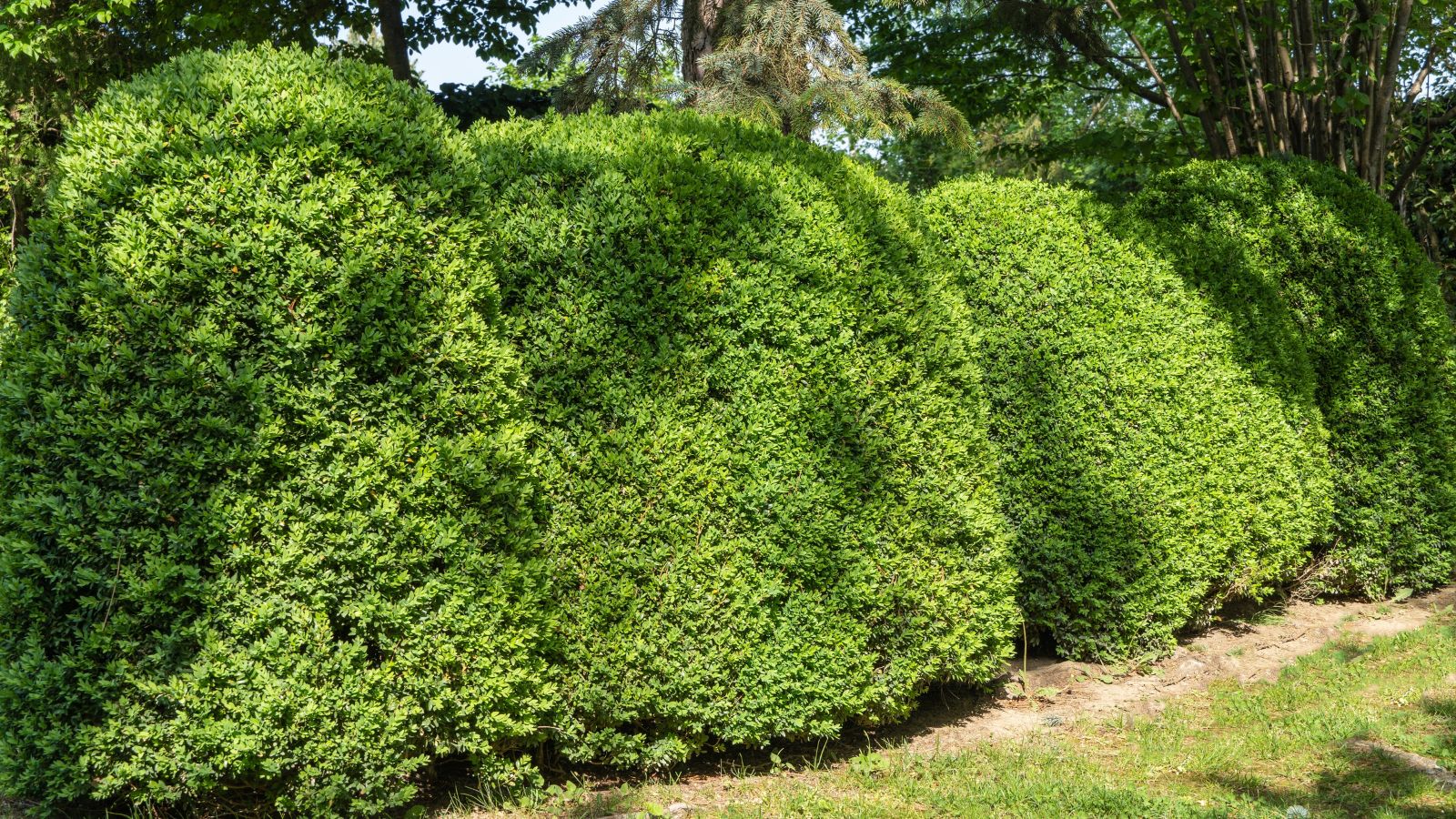
Starting things off with a personal favorite of ours, boxwood is a classic choice for hedges, beloved for its dense, evergreen foliage and its ability to withstand regular pruning. Sure, it’s slow-growing, so you’ll have to have some patience, but this also makes it easy to maintain at just the right height. Best of all, boxwood tolerates both sun and shade, adapting well to different spots in your garden, and it adds a timeless elegance with its lush, deep green leaves.
Yew (Taxus)
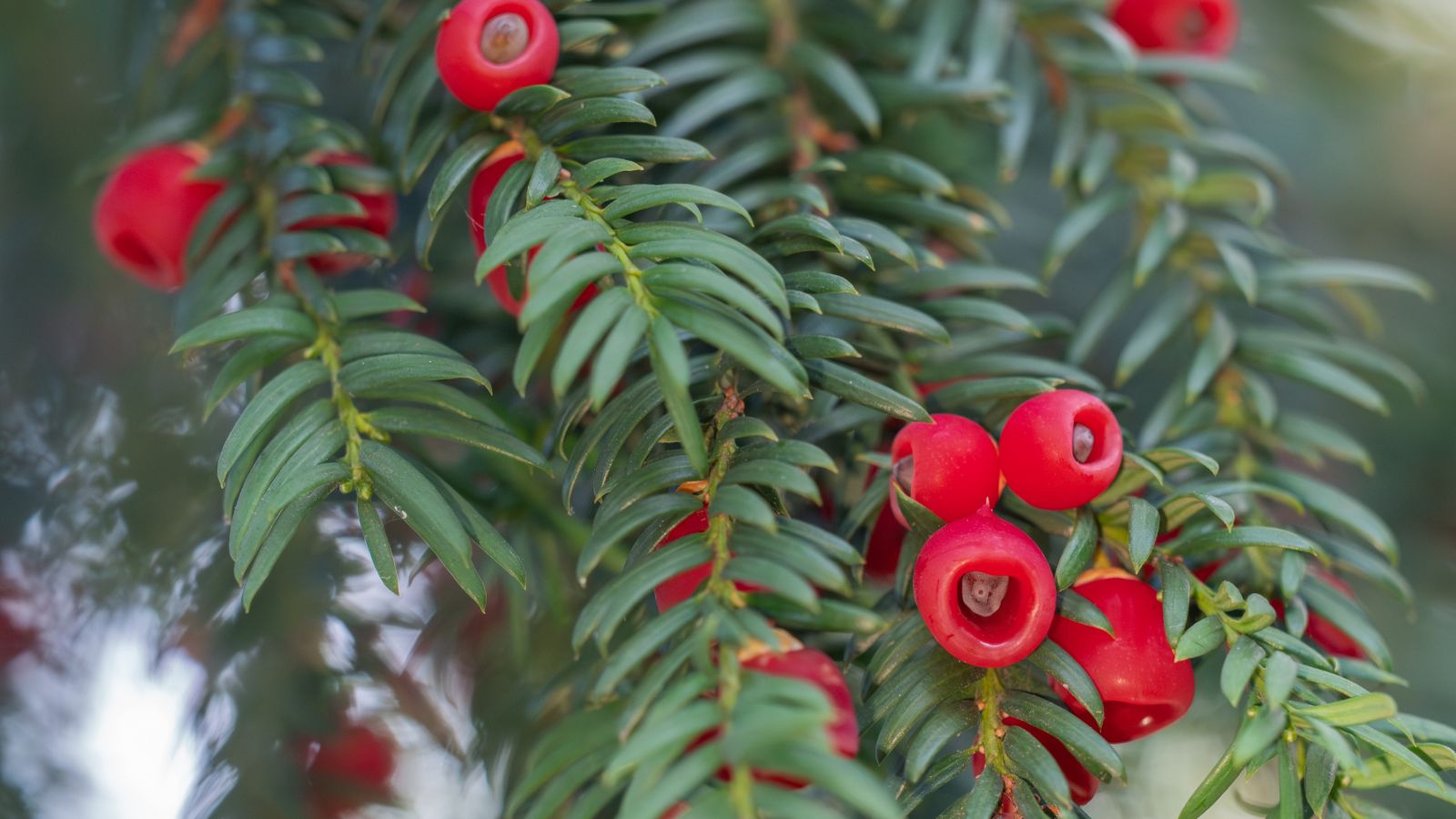
Yew is as resilient as it is versatile, often thriving in conditions that might challenge other perennials. Just like boxwood, its soft, needle-like leaves and tolerance for shade make it ideal for shaded areas or those tricky spots under trees, although it should handle some sunlight, too. When pruned, Yew creates a dense, thick hedge, and if left to grow naturally, it forms an impressive, statuesque screen. What’s not to like about that!?
Privet (Ligustrum)
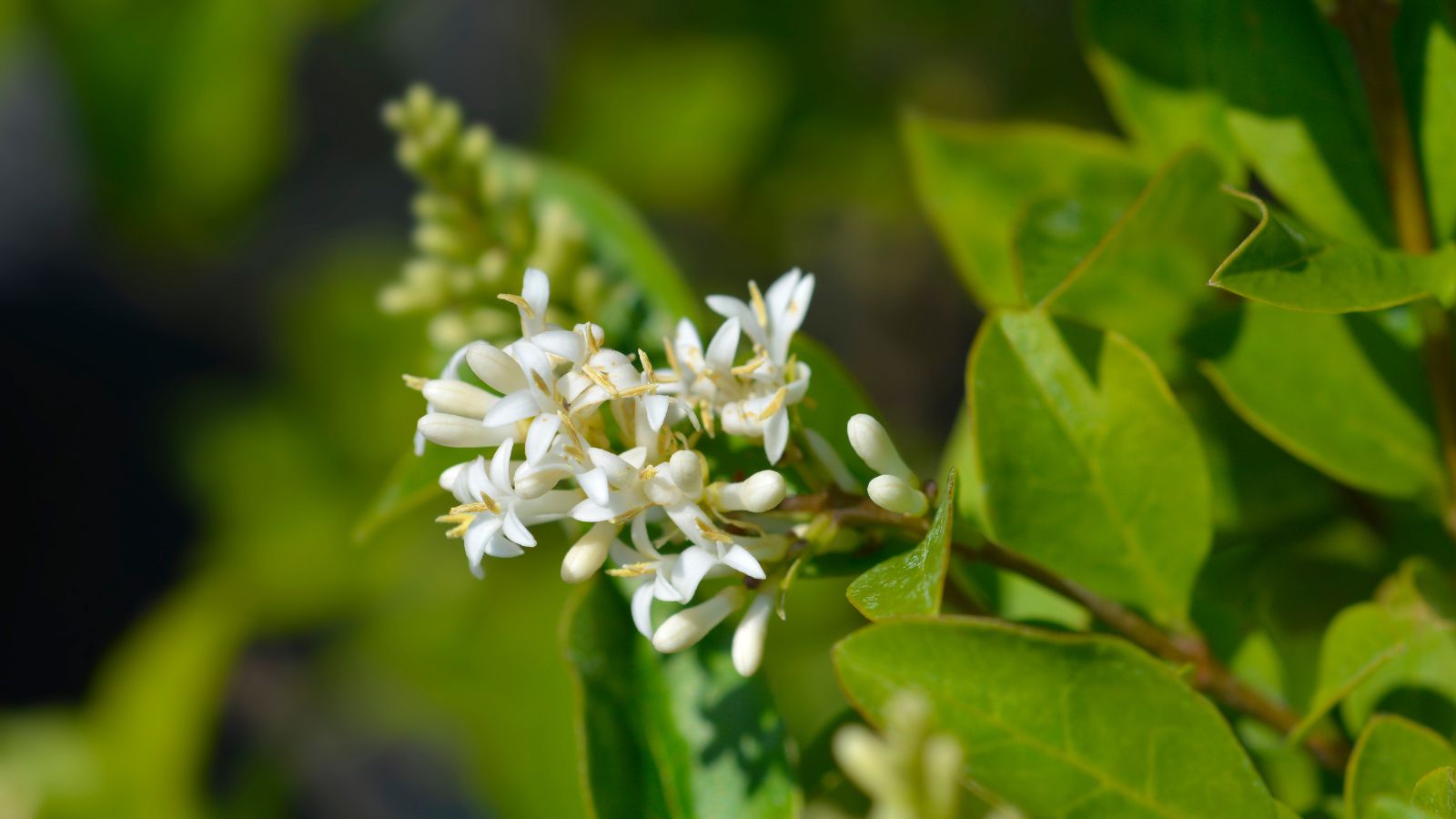
Beloved by gardeners for its fast growth and durability, privet makes for another fantastic option for a dense, formal hedge. Its small, oval leaves stay green well into autumn, and with regular pruning, it forms a solid wall of foliage. Privet hedges can also handle various soil types and stand up well to both drought and urban pollution, which is perfect for city gardens.
Holly (Ilex)
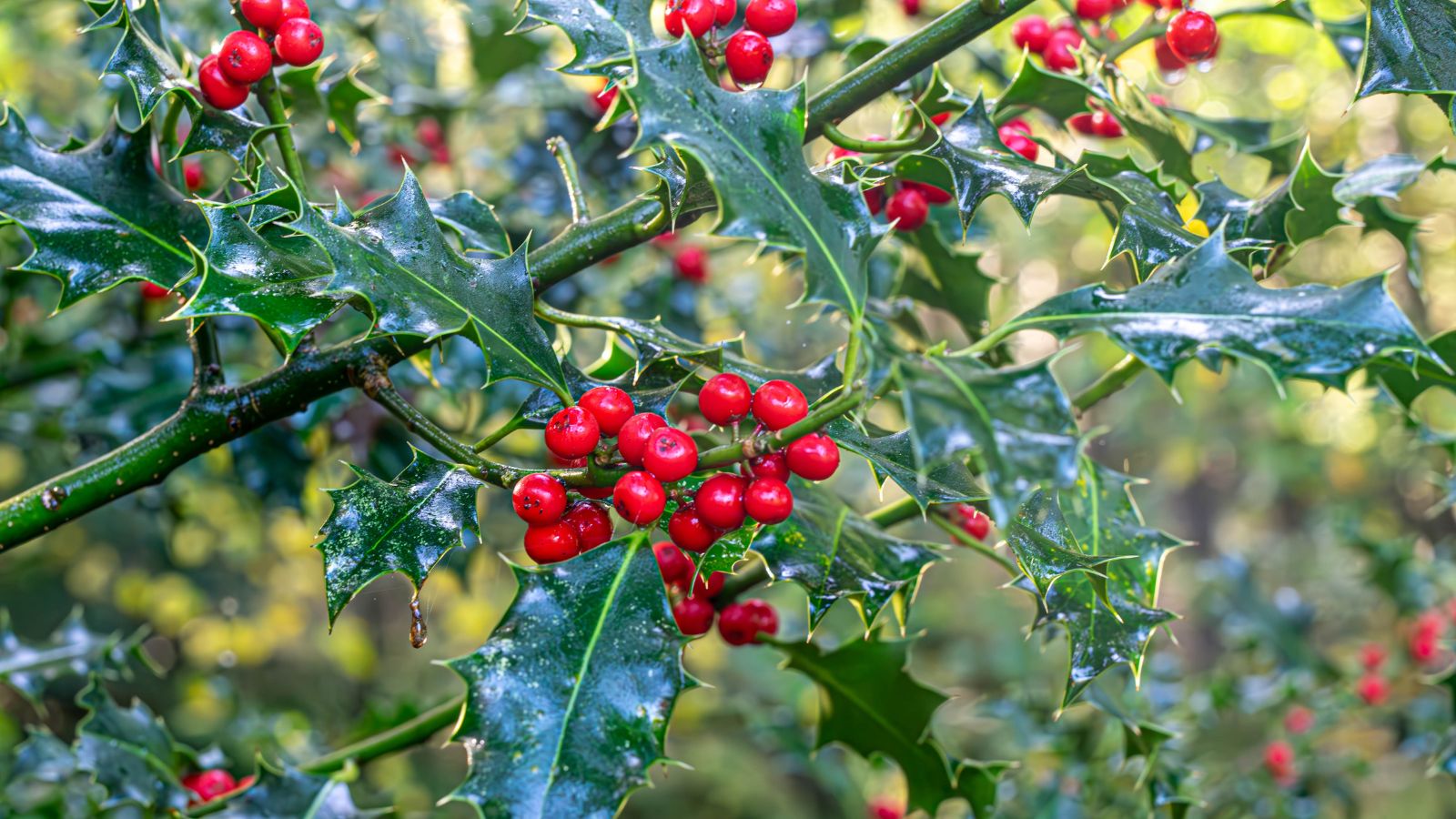
Thanks to its glossy, spiked leaves and vibrant red berries, holly brings a bit of sparkle to your hedge all year long. It’s particularly resilient in windy areas, holding up against both storms and dry spells. Although slow-growing, holly hedges offer incredible privacy and seasonal interest, especially when the berries attract winter birds.
Firethorn (Pyracantha)
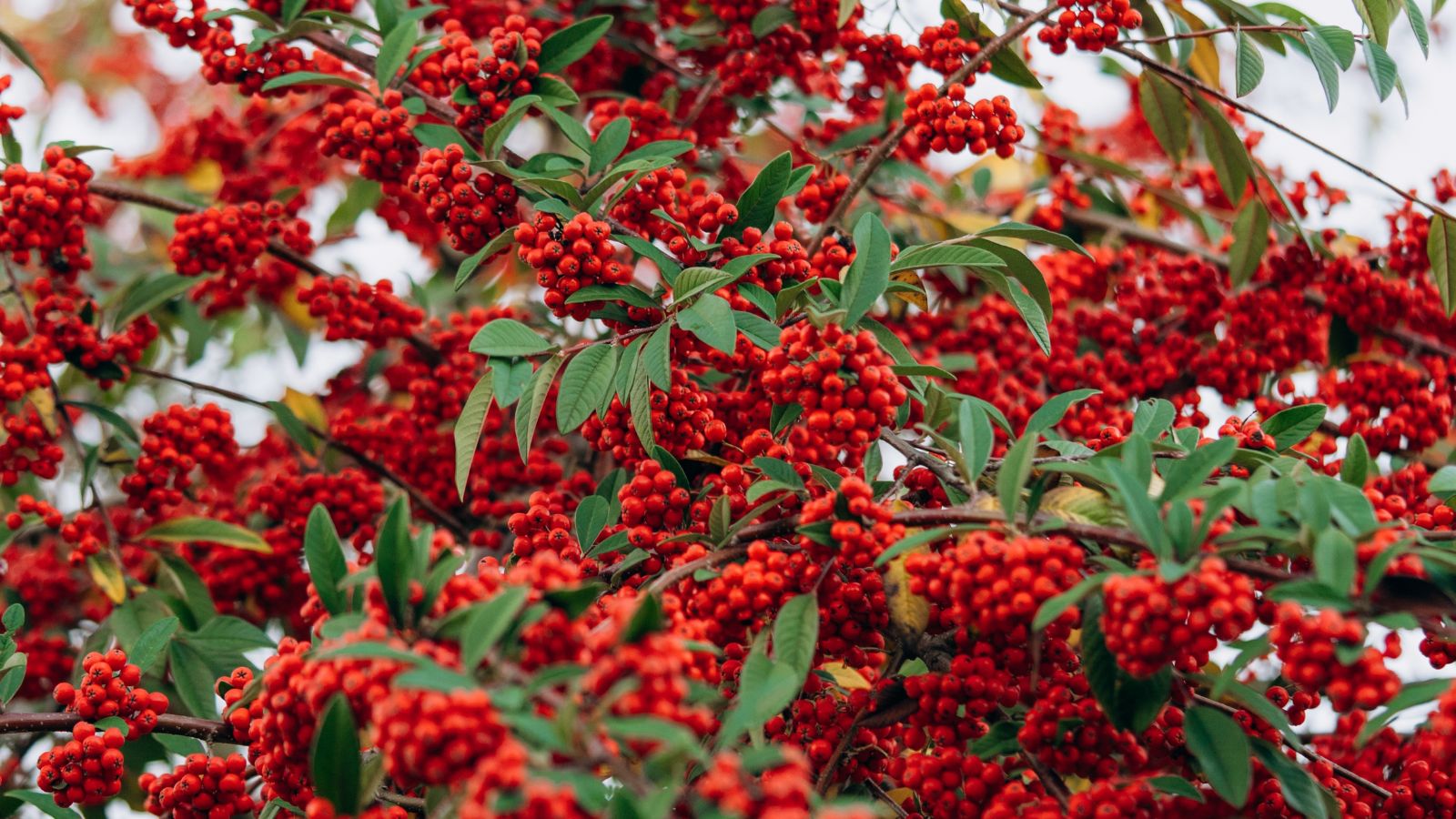
Living up to its name with its brilliant orange or red berries, firethorn is sure to brighten up any hedge like few others can. It’s a really hardy shrub, resisting pests well and being tolerant of poor soils, even thriving in urban conditions. More still, its dense branches provide excellent coverage and offer a natural deterrent with its thorny twigs, keeping unwelcome visitors at bay.
Forsythia (Forsythia)
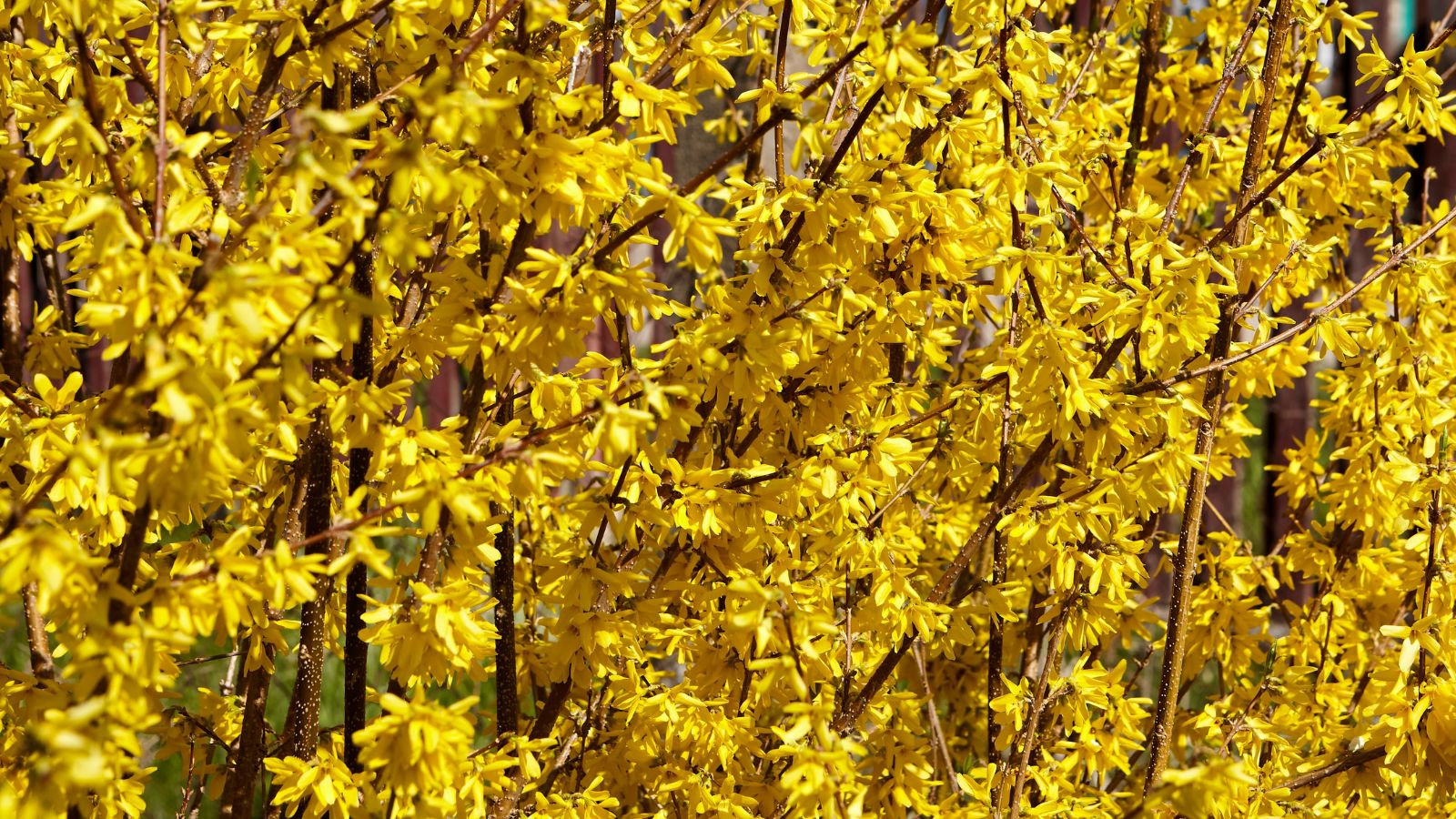
Another resilient perennial that makes for a wonderful addition to any hedge is the forsythia, known for its vibrant yellow flowers that bloom in early spring. You’ll no doubt find that it brings a cheerful burst of color to your hedge as long as you can give it plenty of sun. Water and temperature shouldn’t be a problem, though, as it’s incredibly tolerant of both drought and colder weather.
Japanese Laurel (Aucuba japonica)
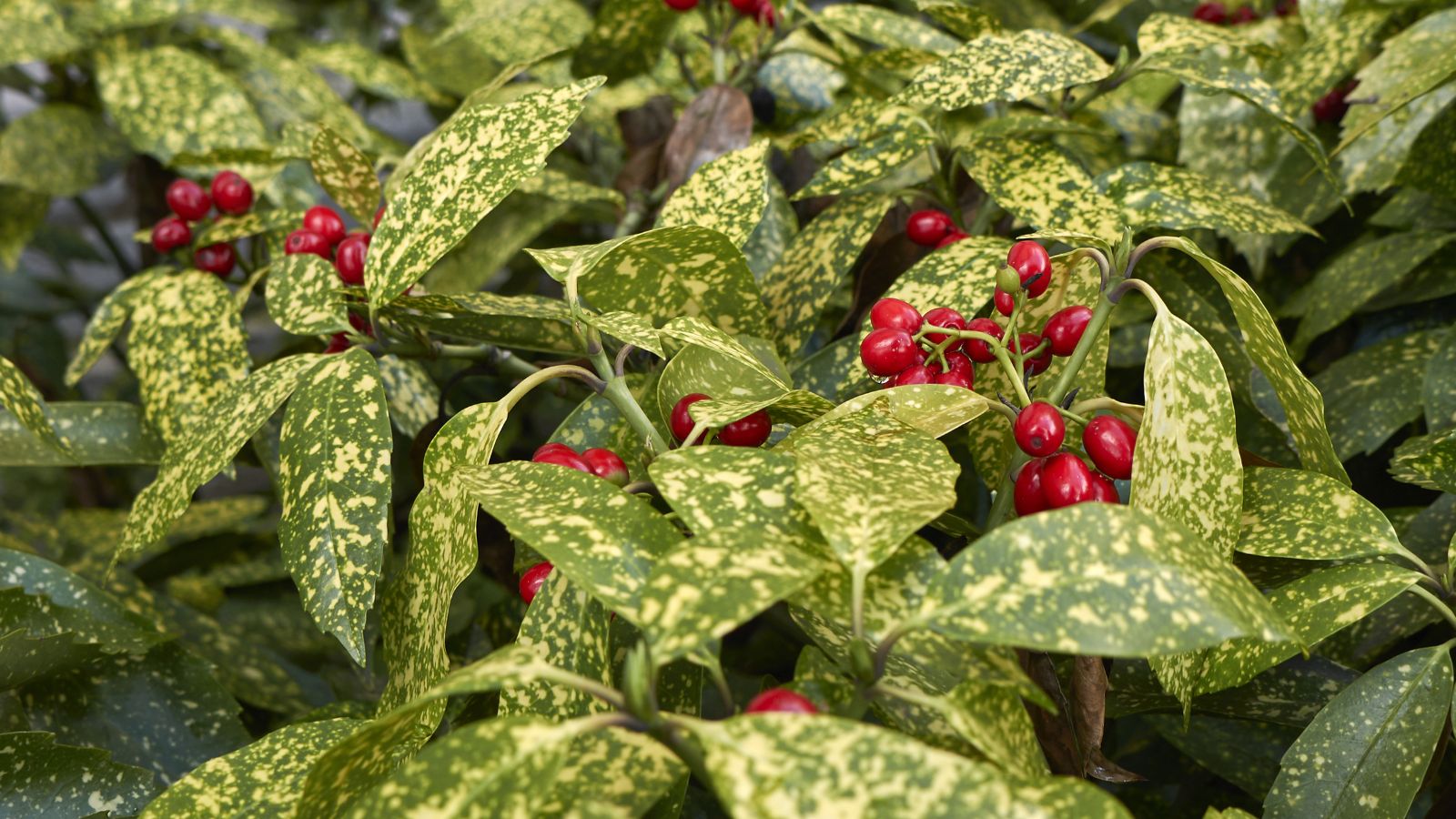
Japanese Laurel, with its glossy, spotted leaves, creates a unique and eye-catching hedge. As with many plants on this list, this perennial shrub is highly shade-tolerant and holds up well against pollution, so it’s a reliable option if you live in the city. Ultimately, its variegated leaves add a pop of brightness to shaded areas without too much maintenance at all, so there’s really no excuse not to grow it.
Euonymus (Euonymus fortunei)
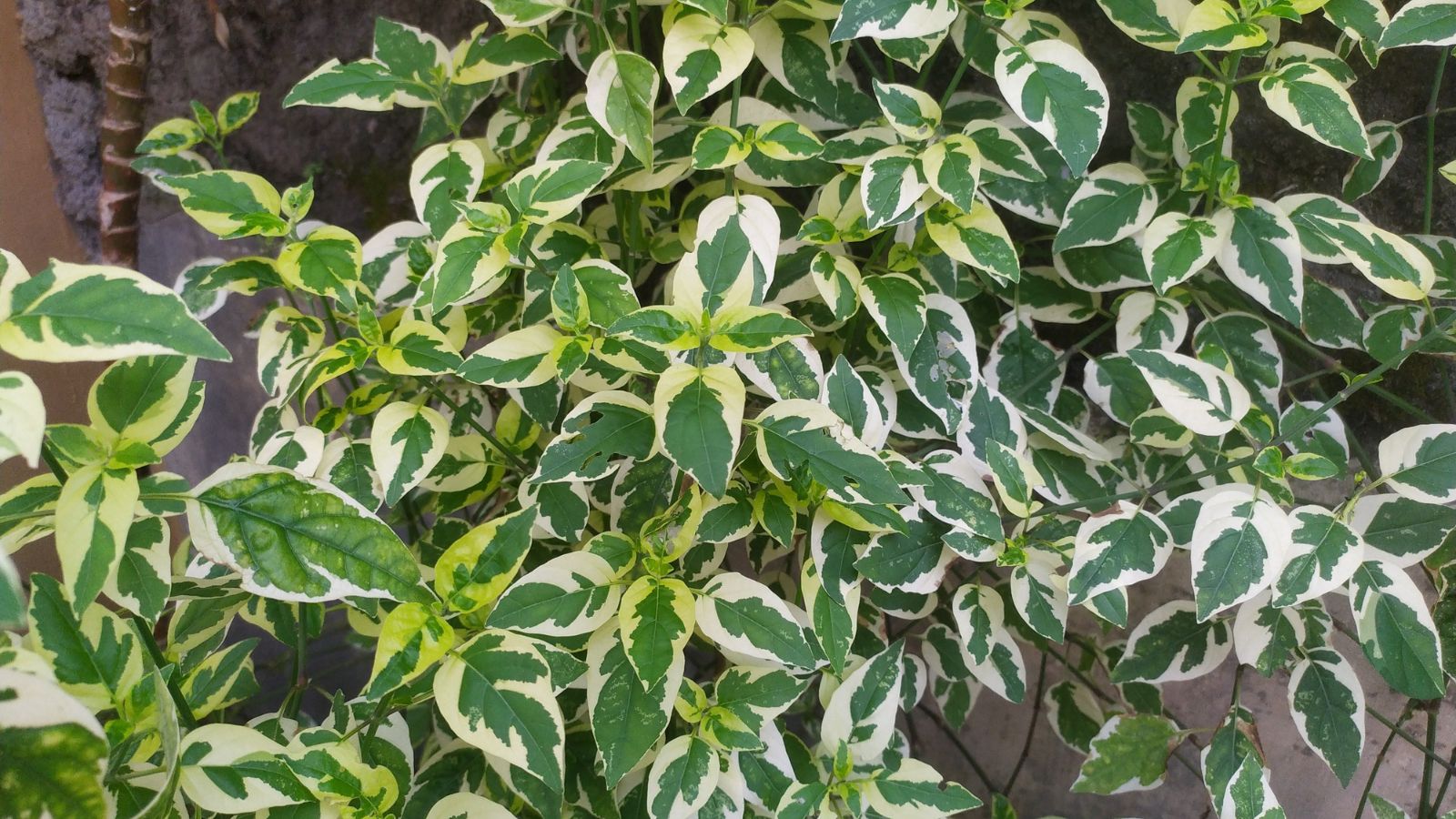
For an adaptable, evergreen shrub to add to your garden hedge, consider planting some euonymus, which brings a mix of green and yellow leaves. This plant’s resilience makes it a top choice for low-maintenance gardens, tolerating drought, shade, and a variety of soils. Furthermore, euonymus forms a dense, colorful hedge that keeps your garden lively and attractive through every season, so you can definitely add it to your list.
Box Honeysuckle (Lonicera nitida)
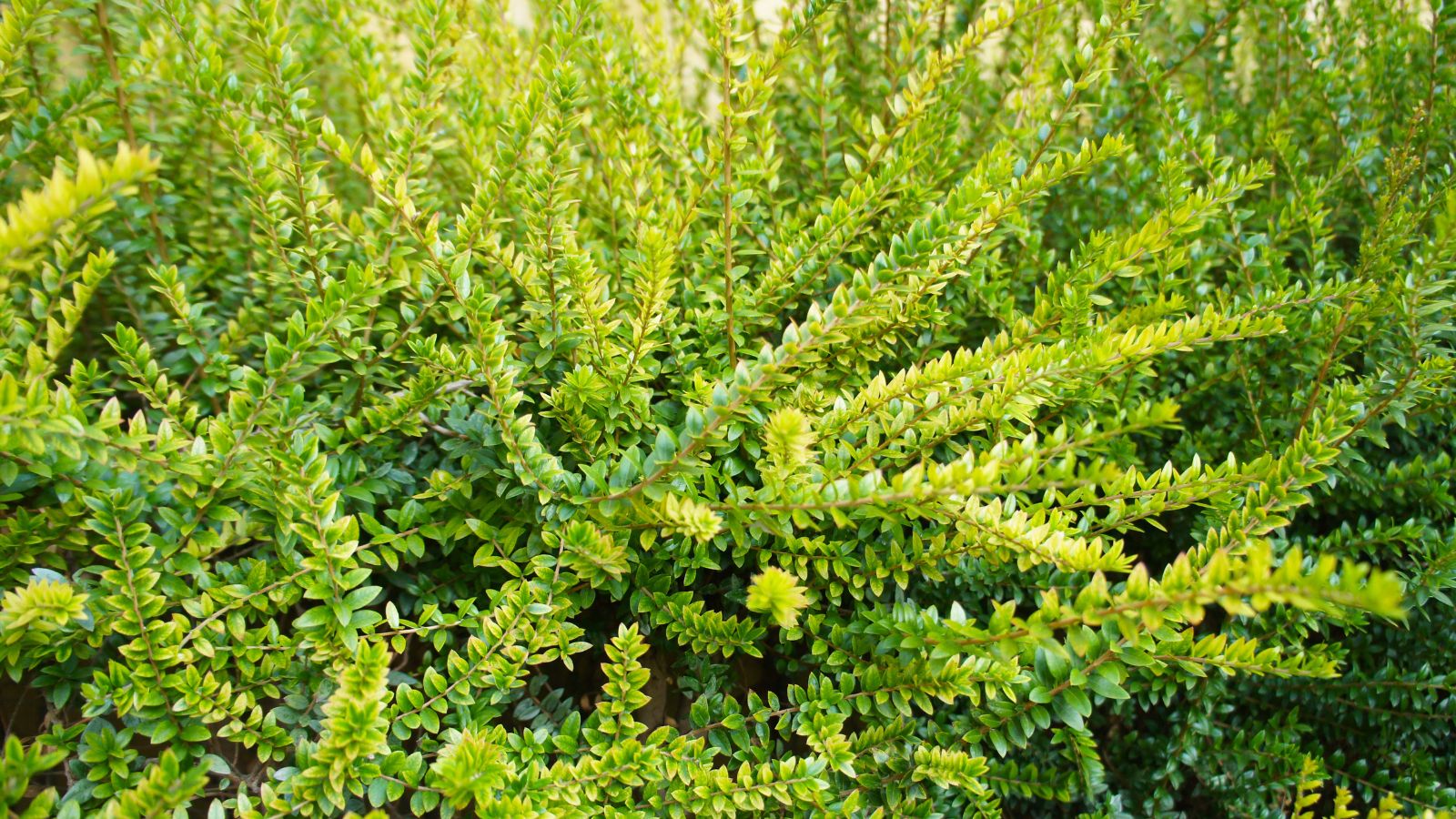
Hedges just aren’t aren’t complete without a dense, lush helping of box honeysuckle. Their small, shiny leaves stay green even through the colder months, and they grow quickly too, even when pruned regularly. At the end of the day, it handles a range of conditions, including partial shade and urban pollution, offering a durable hedge that’s both practical and beautiful.
Rose of Sharon (Hibiscus syriacus)
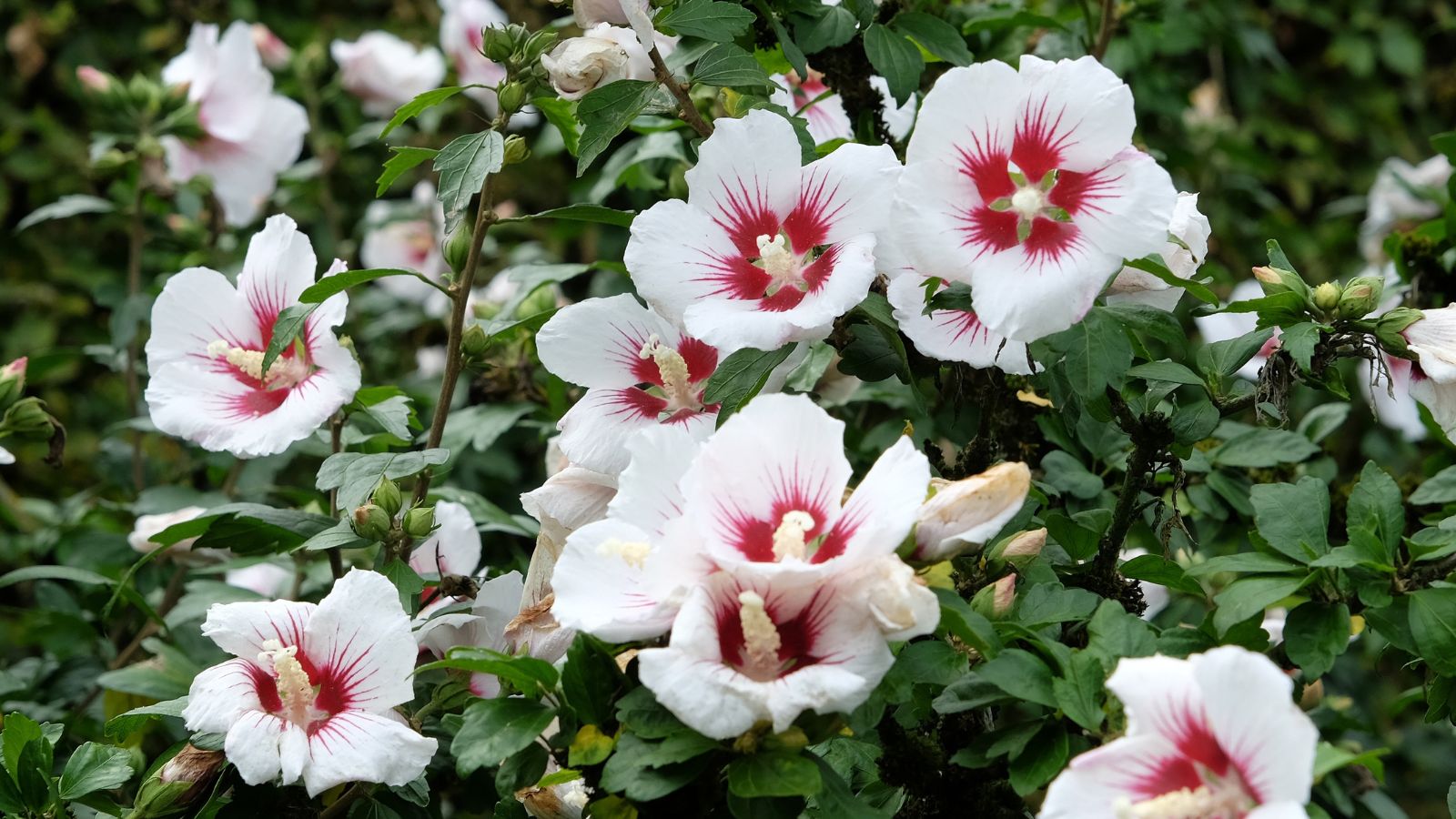
People often overlook how well the Rose of Sharon fits into a garden hedge. It blooms late in the season, adding color when other flowers are fading, and it has exceptional resilience to heat and humidity, making it perfect for warmer climates. With moderate pruning, it stays bushy and full, offering a bright, long-lasting display of color.
Weigela (Weigela florida)
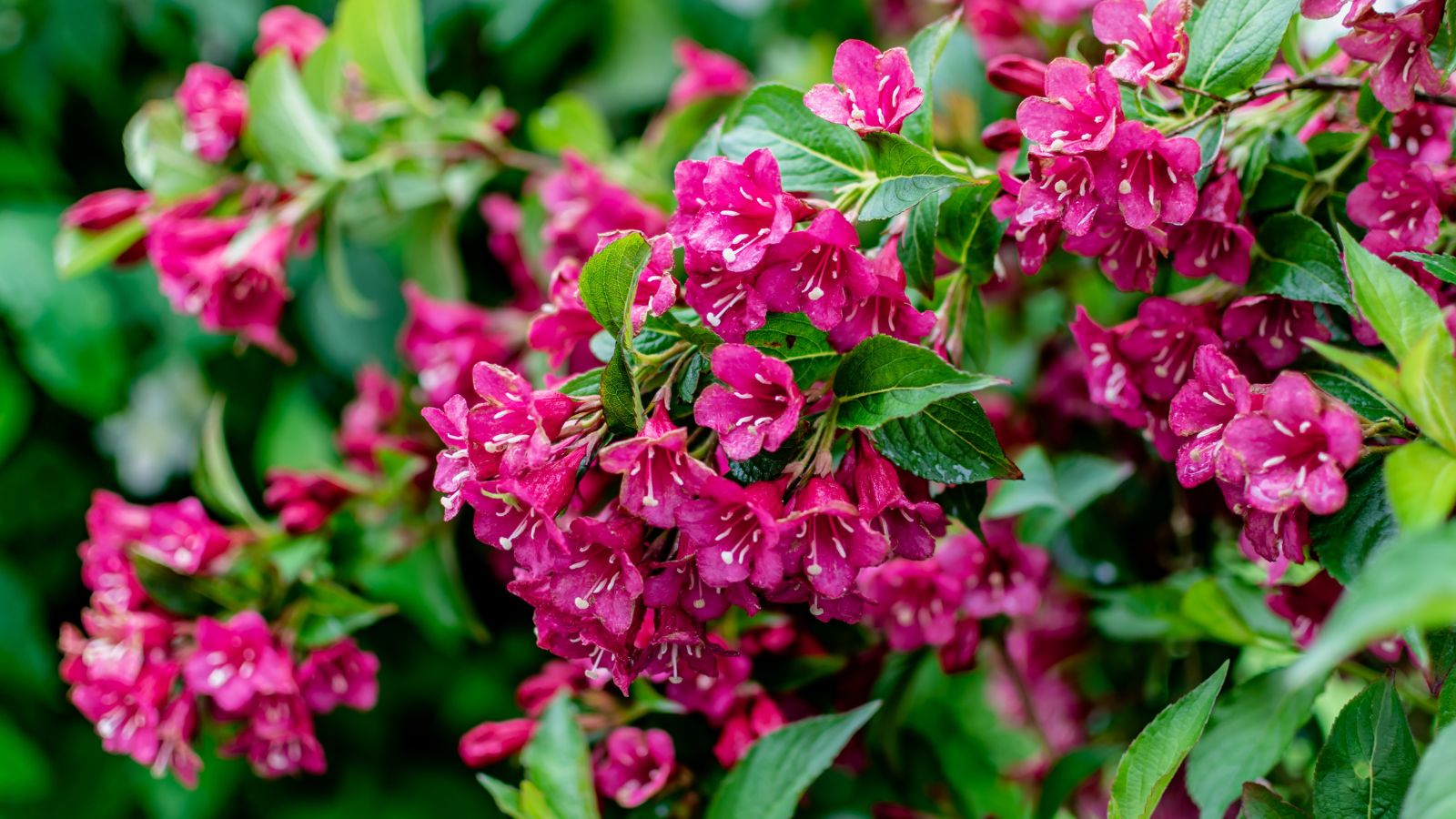
Don’t forget about Weigela when planning your new hedge–this is a hardy shrub with trumpet-shaped flowers that will bring heaps of elegance. Nonetheless, it’s easy to grow, needs only light pruning to maintain its shape, and will do well in a sunny spot, even resisting garden pests! So, you can go ahead and add weigela to your sunny hedge spot, and we can guarantee that you’ll fall in love with its delightful blooms.
Berberis (Berberis thunbergii)
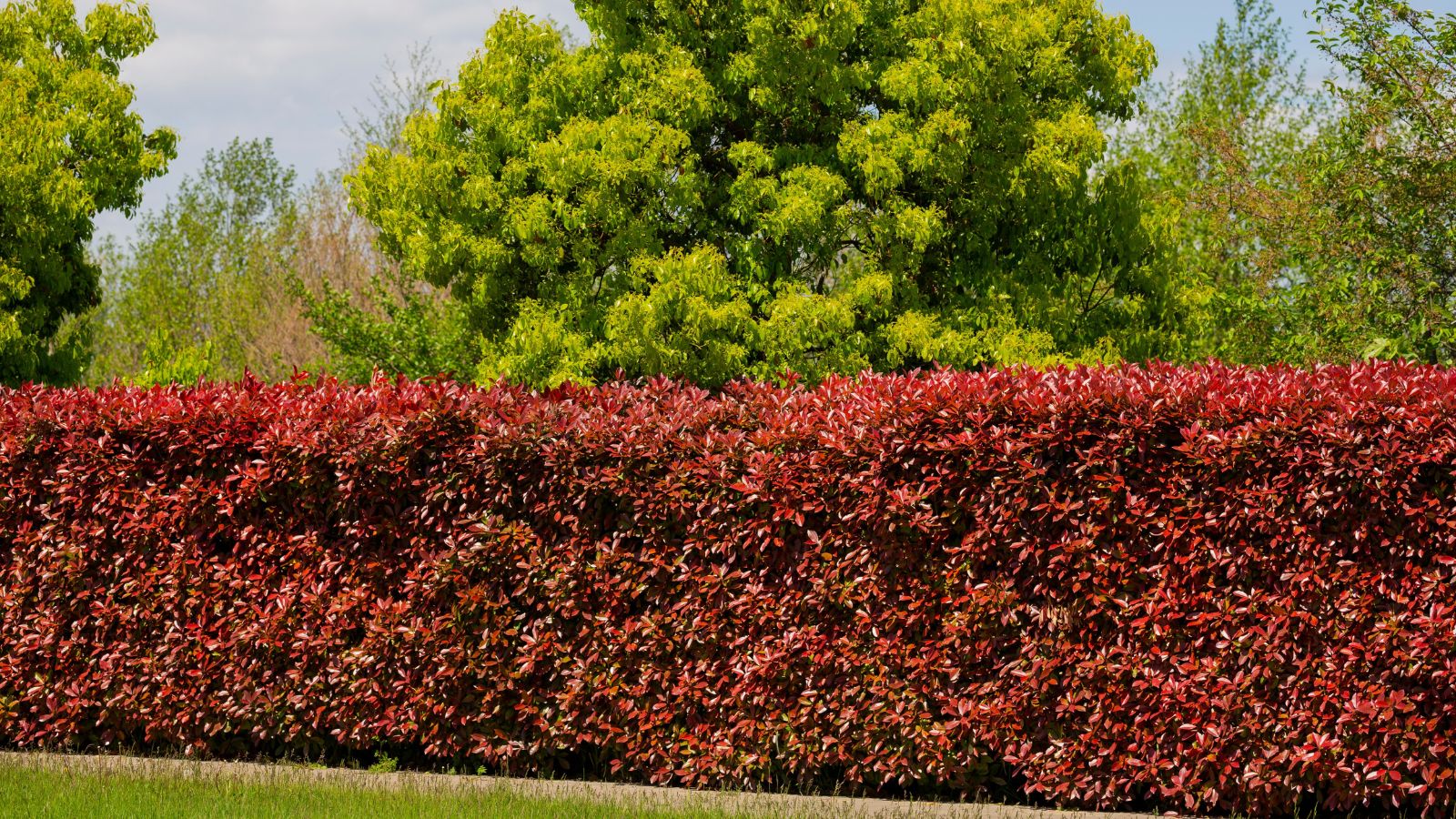
Also known as barberry, berberis stands out strong in any hedge thanks to its deep red foliage and compact growth habit. Thorny by nature, it creates a natural barrier that’s as effective as it is decorative, and it’s highly resilient, too, meaning that it won’t struggle in drought or poor soils. So, what are you waiting for? Add some berberis to your hedge, and its rich color will certainly add depth to your garden.
Viburnum (Viburnum tinus)
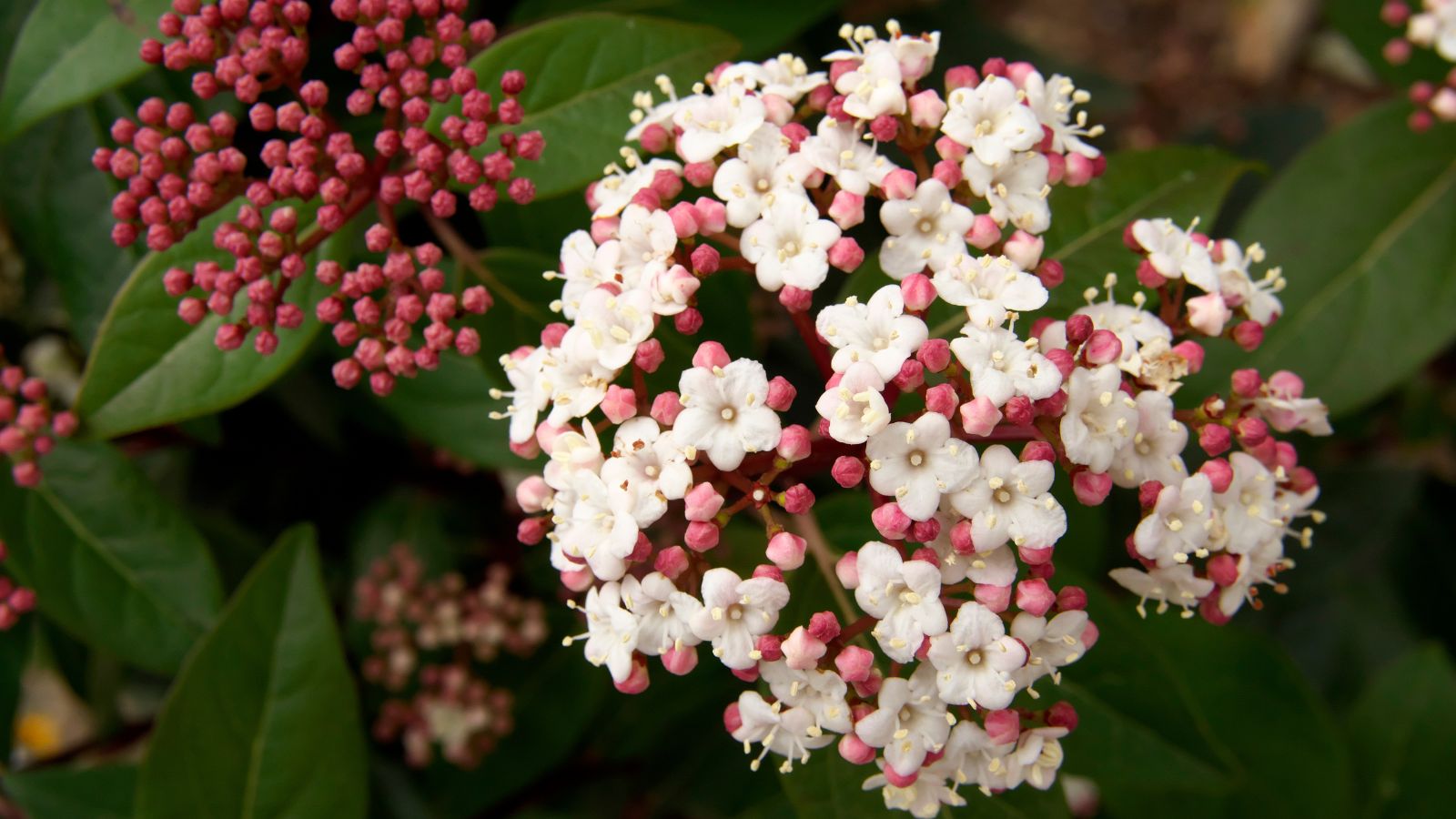
Last but certainly not least is the viburnum, a perennial favorite for hedges that offers evergreen foliage and clusters of small, fragrant flowers. You’ll learn that it’s surprisingly tolerant of both sun and partial shade, and this hardiness makes it perfect for year-round interest. Viburnum hedges are dense and sturdy, requiring only light pruning, and they provide a soft, elegant look that enhances any garden boundary, so if you don’t already have them planted as part of your hedge, you’re missing out!
